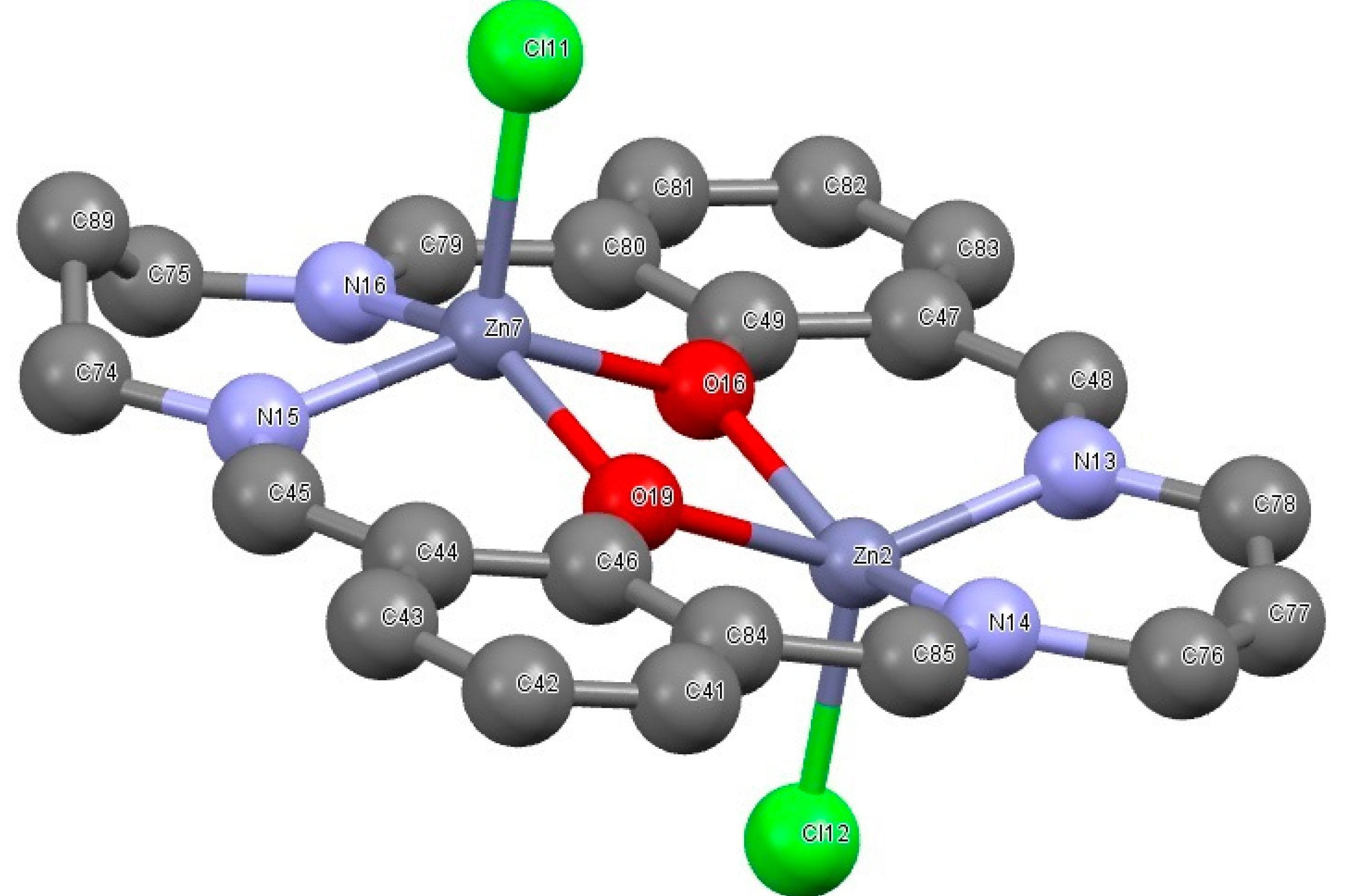
What is the Free Electron Model? The Free Electron Model is a simple way to understand how electrons move in metals. Imagine a sea of electrons floating freely among fixed positive ions. This model helps explain why metals conduct electricity and heat so well. It assumes electrons don't interact with each other or the ions, making calculations easier. Though not perfect, it provides a good starting point for more complex theories. Want to know more? Here are 28 fascinating facts about this model that will deepen your understanding of how it shapes our knowledge of metal properties.
What is the Free Electron Model?
The Free Electron Model is a simple yet powerful concept in solid-state physics. It helps explain the behavior of electrons in a metal. This model treats electrons as free particles moving within a potential well created by the positively charged ions in a metal lattice. Let's dive into some fascinating facts about this model.
- The Free Electron Model was first proposed by physicist Arnold Sommerfeld in 1928.
- This model assumes that electrons do not interact with each other or with the ions in the lattice.
- It is based on the principles of quantum mechanics and classical physics.
- The model explains electrical conductivity in metals by treating electrons as free particles.
- It helps understand the thermal properties of metals, such as heat capacity and thermal conductivity.
- The Free Electron Model is also known as the Drude-Sommerfeld model, named after Paul Drude and Arnold Sommerfeld.
Key Assumptions of the Free Electron Model
To grasp the Free Electron Model, it's essential to understand its key assumptions. These assumptions simplify the complex interactions within a metal, making the model easier to work with.
- Electrons are treated as free particles within the metal.
- The potential energy of electrons is constant inside the metal and zero outside.
- Electrons obey the Pauli exclusion principle, meaning no two electrons can occupy the same quantum state.
- The model assumes a uniform distribution of positive ions in the metal lattice.
- Electrons move in a three-dimensional space within the metal.
- The model neglects electron-electron interactions, simplifying calculations.
Applications of the Free Electron Model
The Free Electron Model has numerous applications in understanding the properties of metals. It provides valuable insights into various phenomena observed in solid-state physics.
- The model explains the electrical conductivity of metals, predicting that conductivity decreases with increasing temperature.
- It helps understand the Wiedemann-Franz law, which relates electrical and thermal conductivity in metals.
- The model is used to calculate the density of states, which describes the number of available electron states at a given energy level.
- It aids in understanding the behavior of electrons in a magnetic field, leading to the concept of Landau levels.
- The Free Electron Model is used to study the optical properties of metals, such as reflectivity and absorption.
- It provides a foundation for more advanced models, like the nearly free electron model and the tight-binding model.
Limitations of the Free Electron Model
While the Free Electron Model is powerful, it has its limitations. Understanding these limitations helps appreciate the need for more advanced models in solid-state physics.
- The model does not account for electron-electron interactions, which can be significant in some materials.
- It assumes a constant potential energy inside the metal, which is not always accurate.
- The model cannot explain the band structure of metals, which is crucial for understanding their electronic properties.
- It fails to describe the behavior of electrons in semiconductors and insulators.
- The Free Electron Model does not account for the effects of impurities and defects in the metal lattice.
- It cannot explain the phenomenon of superconductivity, where electrical resistance drops to zero at low temperatures.
Advancements Beyond the Free Electron Model
To address the limitations of the Free Electron Model, physicists have developed more sophisticated models. These advancements provide a deeper understanding of the behavior of electrons in solids.
- The nearly free electron model incorporates the effects of a periodic potential, leading to the concept of energy bands.
- The tight-binding model considers the overlap of atomic orbitals, providing a more accurate description of electron behavior in solids.
- The Hubbard model includes electron-electron interactions, helping to explain phenomena like magnetism and superconductivity.
- Density functional theory (DFT) is a computational method that accounts for electron-electron interactions and provides accurate predictions of material properties.
Final Thoughts on the Free Electron Model
The free electron model offers a simple yet powerful way to understand the behavior of electrons in metals. It explains why metals conduct electricity and heat so well, and why they have shiny surfaces. This model also helps in predicting the electronic properties of new materials. While it has limitations, like not accounting for electron-electron interactions, it's a great starting point for anyone interested in solid-state physics. By grasping these basics, you can better appreciate the complexities of more advanced models. So, whether you're a student, a hobbyist, or just curious, understanding the free electron model gives you a solid foundation in the fascinating world of material science. Keep exploring, and you'll find there's always more to learn!
Was this page helpful?
Our commitment to delivering trustworthy and engaging content is at the heart of what we do. Each fact on our site is contributed by real users like you, bringing a wealth of diverse insights and information. To ensure the highest standards of accuracy and reliability, our dedicated editors meticulously review each submission. This process guarantees that the facts we share are not only fascinating but also credible. Trust in our commitment to quality and authenticity as you explore and learn with us.
